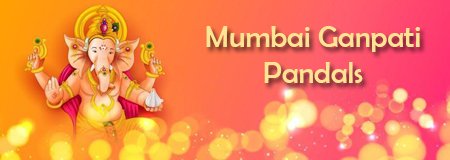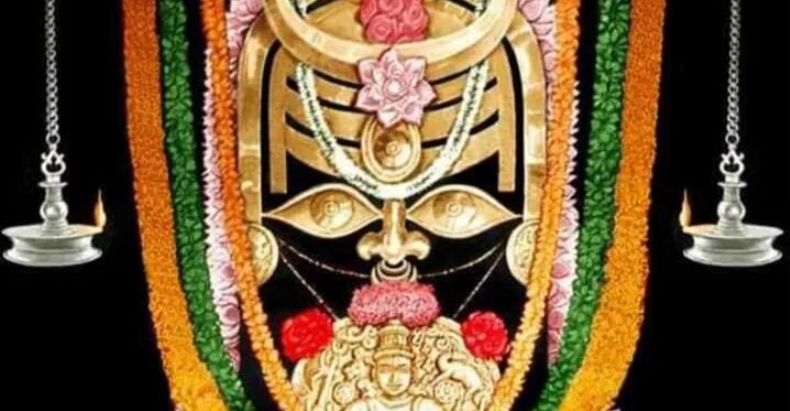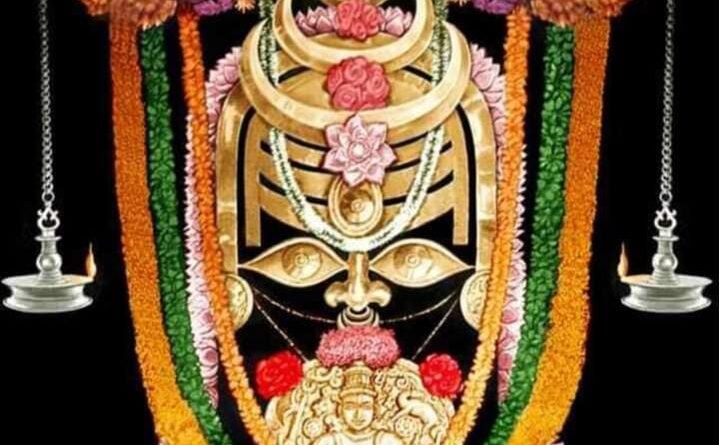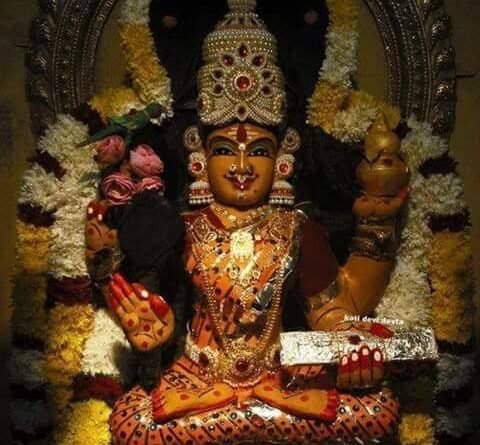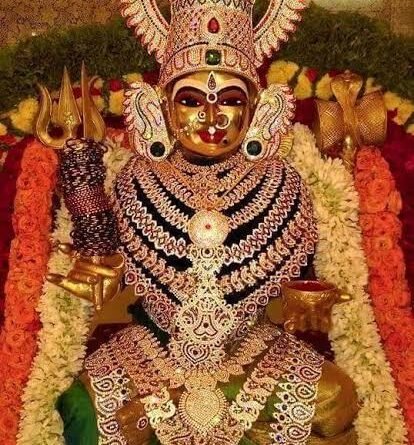Kodikkunnu Bhagavathi Temple
Kodikkunnu Bhagavathi Temple
Kodikkunnu Bhagavathi Temple or Kodikkunnu Ambalam is a Hindu temple dedicated to the goddess Durga located in the village of Pallippuram, near Pattambi, in Palakkad district of Kerala.
The temple’s name is derived from the colloquial name of its enshrined deity, Bhagavathi or Kodikkunnathamma and the suffix “kunnu”, which means “hill” in the Malayalam language. Combined, Kodikkunnu would mean the “temple situated on top of Kodi hill”.
Architecture
The temple complex features three holy entrances (nada) in three directions—north, east and west—each with a separate granite stone-paved steps that leads to the temple. Within its hall, the temple’s principal deity is referred to as Amma the principal Hindu deity Shiva is enshrined to the same level of regard, along with Ganapathi to the left of the main deity.
History
The temple’s origins is attributed to a legendary story of Muthassiar Kavu Bhagavathi, the chief deity of Muthassiar Kavu (grandmother’s temple) nearby. It is said that the goddess and her three beautiful daughters (including Kodikkunnathamma) had been strolling along the river on a summer night, when the youngest daughter became fixated by kanakkan community dance festival. The legend suggests that when she refused to leave upon the conclusion of the event, the goddess ordered her to be the Kanakkan’s guardian deity, leading to the creation of Kanakkar Kavu.
Later, the remaining two sisters were said to have quarreled after witnessing the ritual of an animal sacrifice. The younger became engrossed in the ritual and settled in Kodungallur where blood sacrifices are common, leaving the elder to live in Kodikkunnu. The two sisters’ dislike for the younger resulted in the closing of their temple doors in the direction facing towards Kodungallur, leading to the absence of a southern entrance at the Kanakkarkavu and Kodikkunnu Temples.
Chirankara pooram (temple festival) is the temple’s main festival, conducted dedicated to the principal god Vishnu on behalf of Kodikkunnathamma. Such festivals are ordinarily only conducted at Durga temples and the Chirankara Mahavishnu Temple (also known as Keezhekkavu). The area under Pallippuram is divided into smaller administrative geographical units called “desam”, in which each desam’s people will send different types of dancers called “pootan” and “thara” to performance at the temple during the festival.
The temple also conducts a Kathiratta Vela (Festival of Harvest) celebrated after the every year’s harvest. The festival functions as a thanksgiving gesture to the goddess for the harvest.







